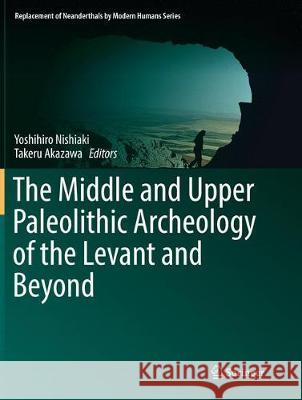The Middle and Upper Paleolithic Archeology of the Levant and Beyond » książka
topmenu
The Middle and Upper Paleolithic Archeology of the Levant and Beyond
ISBN-13: 9789811349539 / Angielski / Miękka / 2019 / 218 str.
The Middle and Upper Paleolithic Archeology of the Levant and Beyond
ISBN-13: 9789811349539 / Angielski / Miękka / 2019 / 218 str.
cena 342,14
(netto: 325,85 VAT: 5%)
Najniższa cena z 30 dni: 327,68
(netto: 325,85 VAT: 5%)
Najniższa cena z 30 dni: 327,68
Termin realizacji zamówienia:
ok. 22 dni roboczych
Bez gwarancji dostawy przed świętami
ok. 22 dni roboczych
Bez gwarancji dostawy przed świętami
Darmowa dostawa!
Kategorie:
Kategorie BISAC:
Wydawca:
Springer
Seria wydawnicza:
Język:
Angielski
ISBN-13:
9789811349539
Rok wydania:
2019
Wydanie:
Softcover Repri
Ilość stron:
218
Waga:
0.59 kg
Wymiary:
27.94 x 22.61 x 1.02
Oprawa:
Miękka
Wolumenów:
01











